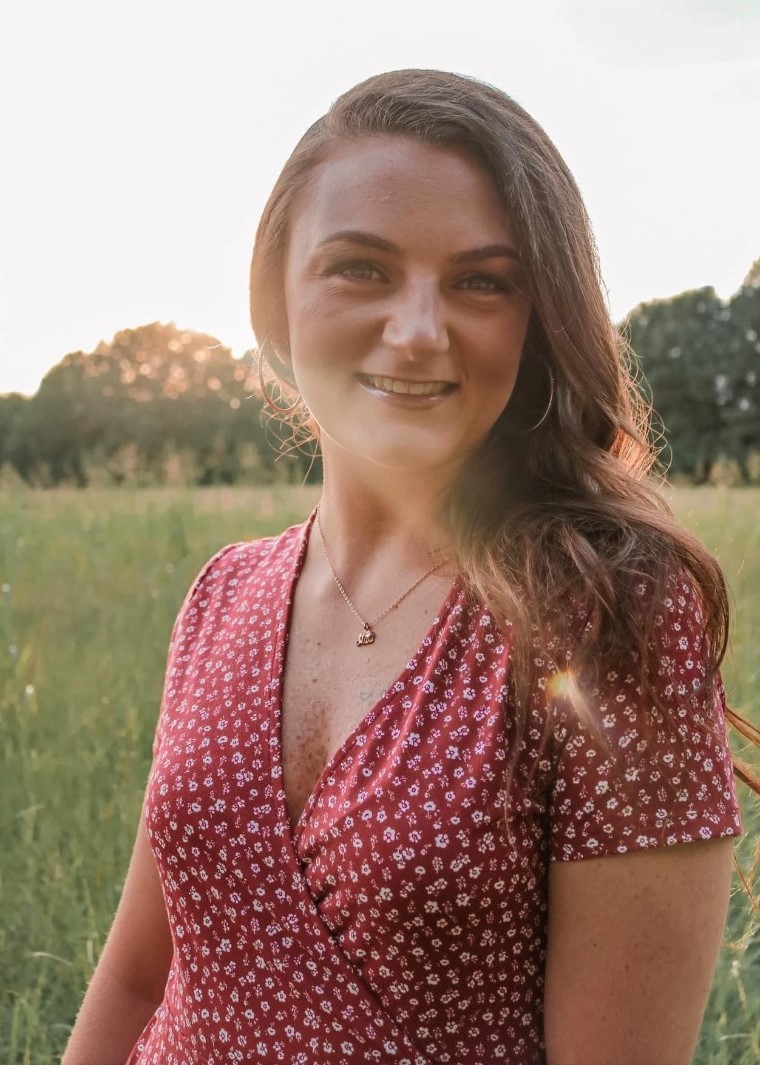100% of Recent Rad Tech Graduates Pass Exam and Land Jobs
Decades ago, processing an x-ray image was far more complicated than it is today. Patients could wait for days to receive results or a diagnosis from their processed images. Fast-forward to 2020, and physicians can refer to x-rays, immediately in the moment, as the images are captured on a computer screen. Film is a relatively foreign concept to today’s emerging radiologic technicians studying at Piedmont Technical College (PTC). Make no mistake, they indeed are processing hundreds of images and information — mentally — as they work their way through the rigorous, hands-on program.
Under the tutelage of veteran Radiologic Technology Program Director Lee Balentine and his faculty, PTC RT students receive five semesters of comprehensive instruction and training that, upon completion, make them immediately employable in a professional field that continues to grow.
“Our graduates qualify to take the American Registry of Radiologic Technology (ARRT) exam to receive their certification,” Balentine said. “I am extremely proud that our students have achieved a 100% pass rate on the exam. In addition, all 14 of our recent graduates have secured jobs in the field.”
 Keyshawn Holloway of Greenwood graduated from the RT program this past summer, and he’s already working as a radiologic technologist at Newberry County Memorial Hospital, one of the PTC program’s clinical sites where he trained.
Keyshawn Holloway of Greenwood graduated from the RT program this past summer, and he’s already working as a radiologic technologist at Newberry County Memorial Hospital, one of the PTC program’s clinical sites where he trained.
“I knew they showed interest in me towards the end of the program,” Holloway said. “I originally was hired PRN[1], but soon after the director offered me a full-time second-shift position. It is perfect for me.”
Holloway is proud to be a PTC graduate and encourages young people to consider an RT major and not be intimidated by its well-known rigor. The program is demanding but not insurmountable. “Yes. It is challenging, but it’s very doable,” he said. “The instructors are great. They really help you through it. They go the extra mile for you.”
Balentine, program director since 2001, has worked to assemble a team not only with the highest qualifications but also the ability to be relatable for PTC students. All are PTC graduates themselves and have walked that proverbial mile in the same shoes. Members of his team include Dana Long, Jerry Ryans and Lindsey Edwards. Combined, they have more than 100 years of field experience.
As clinical coordinator, 2007 alum and former adjunct Long keeps in touch with all of the program’s clinical sites, which include Edgefield Memorial Hospital, Self Regional Healthcare, Prisma Health Laurens County Hospital, Newberry County Memorial Hospital and orthopedic practices around Greenwood. She still carves out time to work in the clinical setting as well. “I still work at Newberry County Memorial and at Lexington Medical Center, to keep up my professional skills,” she said.
A 1977 PTC graduate who went on to earn his bachelor’s degree in 1991 and master’s in 2014, Ryans has a personable approach that endears him to students.
Edwards rounds out the team as its newest member, teaching on an adjunct basis.
Balentine said that about 75% of the RT program involves static radiography tasks, which focus on properly positioning patients and administering radiation to capture images. “Our goal is to provide the radiologist (a medical doctor) the best information,” he noted.
The program also addresses fluoroscopy, in which the RT assists the radiologist in procedures, such as an upper gastrointestinal tract radiography, using a barium-based contrast material to produce images and broadcast them live in real time over a monitor as they are captured. Another facet the students must understand is mobile radiography. Just like it sounds, mobile radiography is when you take a mobile x-ray machine to the patient rather than them coming to you. It has become much more common during the COVID-19 pandemic to minimize any risk associated with transporting patients.
 Britney McGovern of Greenwood graduated in the same class as Holloway. She recently started working as an RT at Prisma Health Laurens County Hospital.
Britney McGovern of Greenwood graduated in the same class as Holloway. She recently started working as an RT at Prisma Health Laurens County Hospital.
“I knew I wanted to be in the medical field but not by the nursing route,” she said. “Once I read up on the RT program, I knew that it was definitely for me.”
“We treat patients from birth all the way to the elderly. A lot of people don’t realize that,” Balentine explained. “It’s also a very physical job. You are on your feet all day long. There is some lifting.” Of course, that’s one of the reasons for the clinical component of the program.
Holloway can relate.
“Prior to getting into the program, I didn’t realize that we would be in the operating room at some point. I am not a fan of blood, really,” he said. “My only experience had been working in a nursing home. So pediatric work is something that is new to me as well. I am not used to being with kids. That was a learning curve for me.”
In his years as program director, Balentine has seen many different student reactions to varying clinical circumstances, including fainting. It’s a real test.
“It can be hard to prepare them for things like blood,” he said. But the lightheadedness may not be completely related to a sensitive stomach. It might be hot in the room. Students are wearing N-95 masks. It might be hard to breathe. There might be anxiety. “There are sounds and sights and smells (cauterization) they have to deal with. In my 38 years in the profession, there have been several times when I needed to step into the bathroom or outside to get some fresh air.”
The RT program at PTC requires that students demonstrate mastery of 160 procedures to graduate. Skill-building does not stop there. Practicing radiologic technicians must update their certification every two years. McGovern feels that every single challenge, no matter how intense, helped shape her into the professional she is becoming.
“It was the most difficult thing I have ever had to go through, but it was also the most rewarding,” she said. “The faculty were wonderful. They always put us first. They made sure we were prepared, especially for the board exam.”
After earning his associate of applied science in RT decades ago, Balentine transferred to the Medical University of South Carolina ultimately to get a master’s degree in RT. Throughout his career, his first love has been Computed Tomography (CT), a diagnostic test to generate detailed images of internal organs, bones, tissues and blood vessels. “I have continued to do CT all of my years,” he said. “I am finishing up my 20th year working part-time at Self Regional Healthcare.”
Radiological technologists can expand their scope of practice by adding more specialized credentials. CT, in particular, also caught Holloway’s interest.
“Lee likes to ask everybody if they are going to specialize,” Holloway said. “I was thinking about specializing in MRI (Magnetic Resonance Imaging). When I began at my position in Newberry, they started to cross-train me in CT, so I am currently working on getting my CT certification. Hopefully, in the near future, I will have that as well.”
McGovern, too, is considering future career moves. “Eventually I do want to go back to school and get certified in CT or mammography,” she said. “I just haven’t decided yet.”
The wave of the future, according to Balentine, is digital radiography. The standard computerized radiography is being phased out. Soon digital will be the only method used. And film? It’s joined the ranks of the Dodo bird.
“I haven’t held an x-ray film in 10 or 12 years,” Balentine said.
For more information about PTC’s Radiologic Technology Program, please visit www.ptc.edu/radtech.
PHOTOS:
- PTC Radiologic Technology Faculty, from left: Jerry Ryans, instructor; Dana Long, clinical coordinator; Lindsay Edwards, adjunct instructor; and Lee Balentine, program director
- Keyshawn Holloway
- Britney McGovern
###
[1] As needed; on a freelance basis.